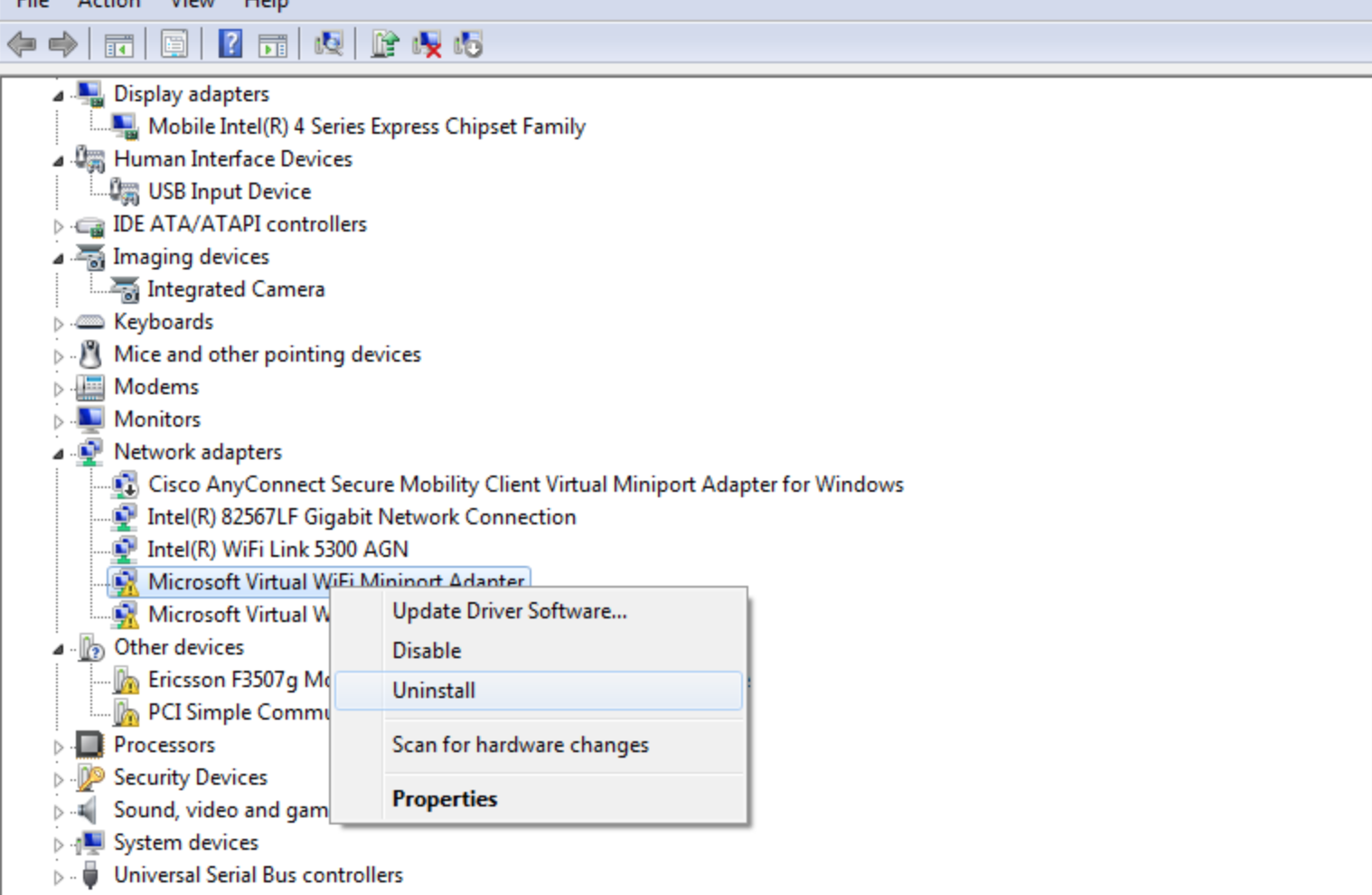

Restart Windows after 100% complete the scanning process,.After 100% complete the scanning process Run the command sfc /scannow and enter.Type DISM commands below and press the enter key to execute the same.ĭISM /Online /Cleanup-Image / RestoreHealth.There’s a built-in utility DISM and System File Checker tool that helps users to perform scanning, repairing, and restoring of missing or corrupted files of a computer.

Uncheck Turn on fast startup (recommended).Click Change settings that are currently unavailable.Click Choose what the power buttons do.Open the control panel, then search for and select power options.Reboot windows and check there is no more BSOD error occurring. Or visit the device manufacturer’s website, download the latest available driver software and install it on your PC. Restart the computer and check the problem is resolved.select the option automatically search for driver software and follow on-screen instructions.Expand Display adapters, right-click on the display adapter listed, and click update driver software.Press the Windows key + X on the desktop Screen and select Device Manager.Update the display adapter drivers and check Reboot your computer and check there is no more driver power state failure BSOD.Find Wireless Adapter Settings and set it to Maximum performance.Find Graphics Settings or PCI Express and Link State Power Management and set it to Maximum performance, depending on what computer you have.Select the ‘Change advanced power settings’ text link.Select ‘Change power plan settings next to the active power plan.Navigate to Control Panel, Hardware and Sound then select Power Options.If due to this driver power state failure loop, windows 10 restarts frequently or fails to start normally we recommend Boot windows into safe mode, which starts the system with minimum system requirements and allows us to perform the troubleshooting steps below.


 0 kommentar(er)
0 kommentar(er)
